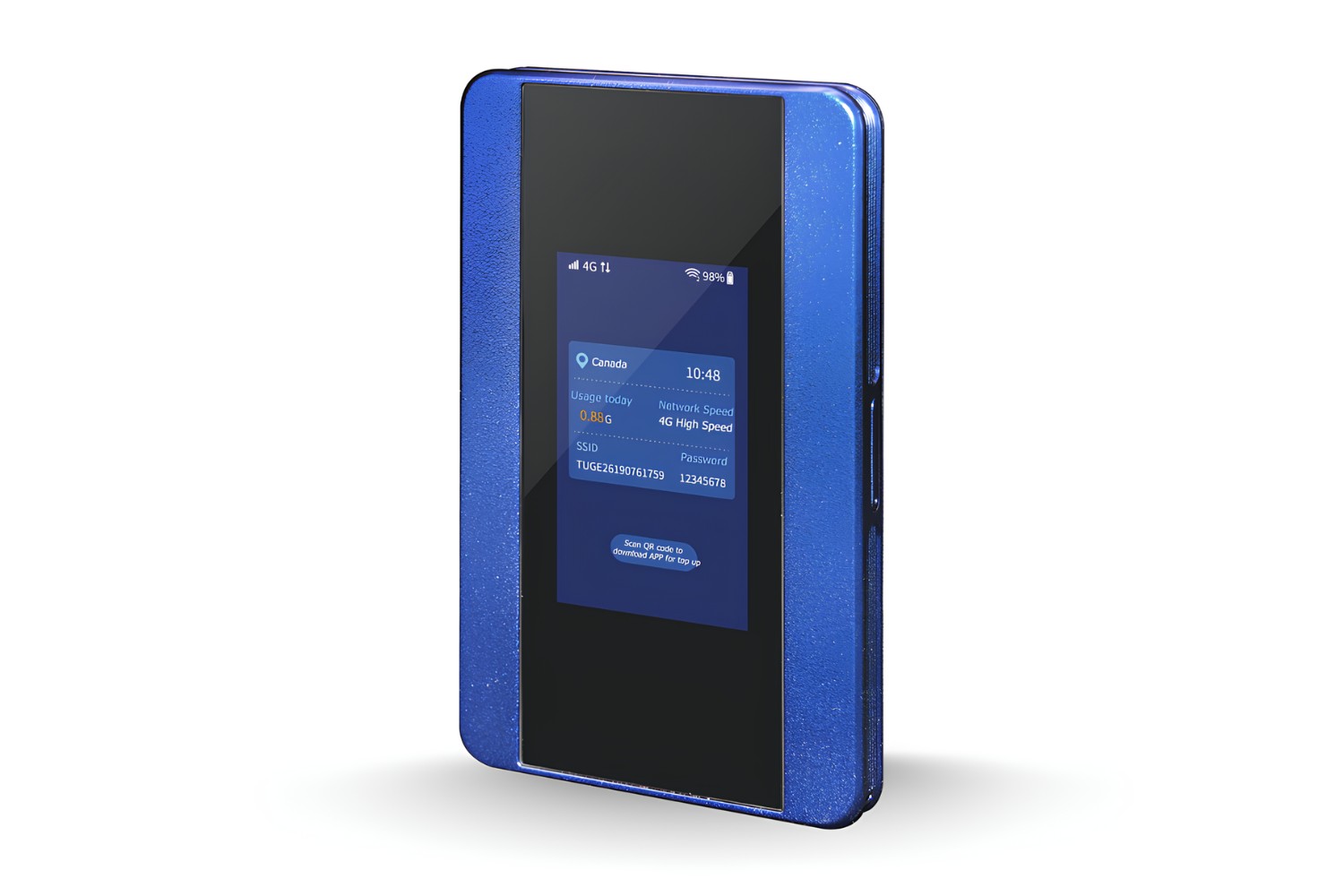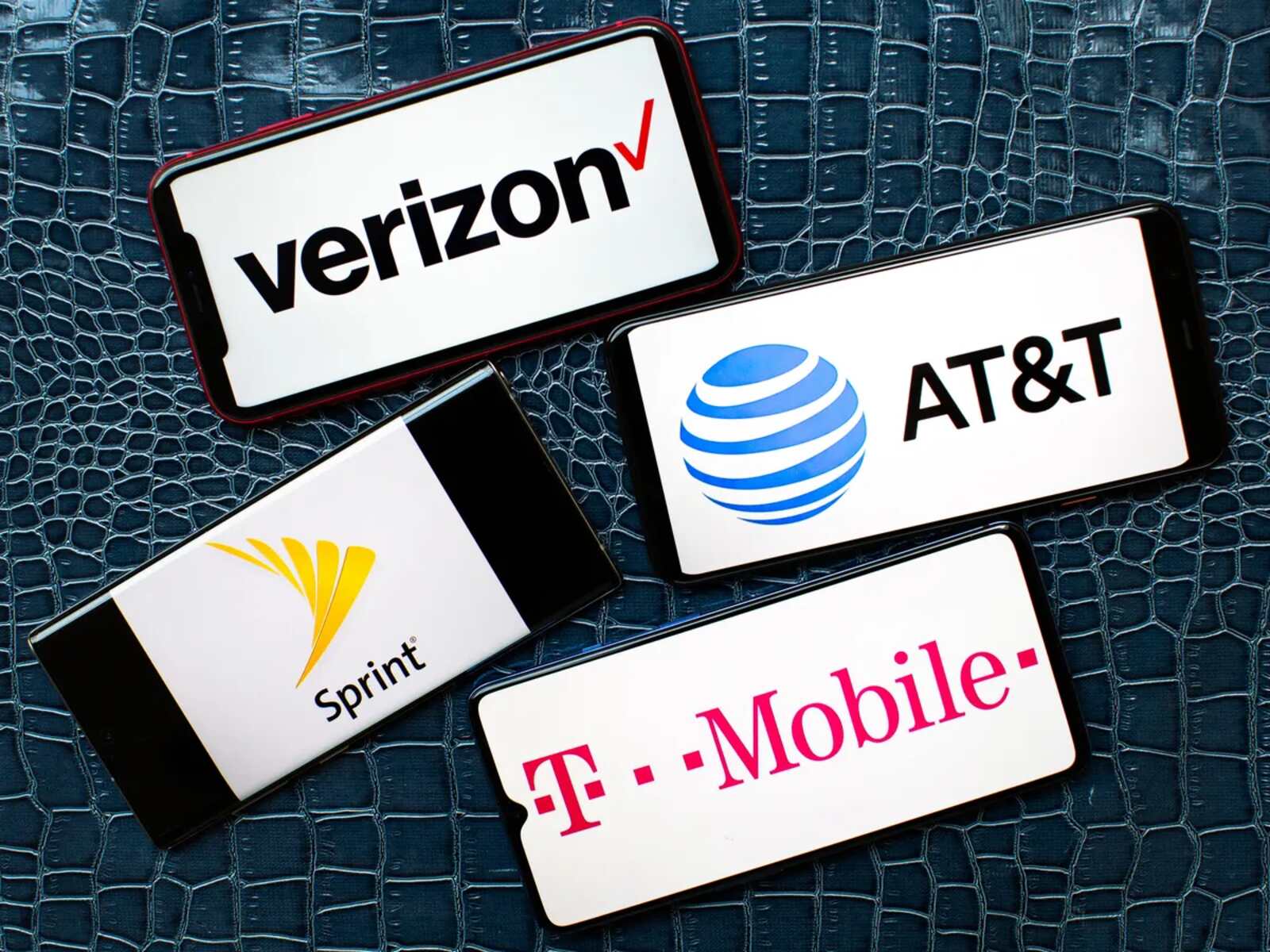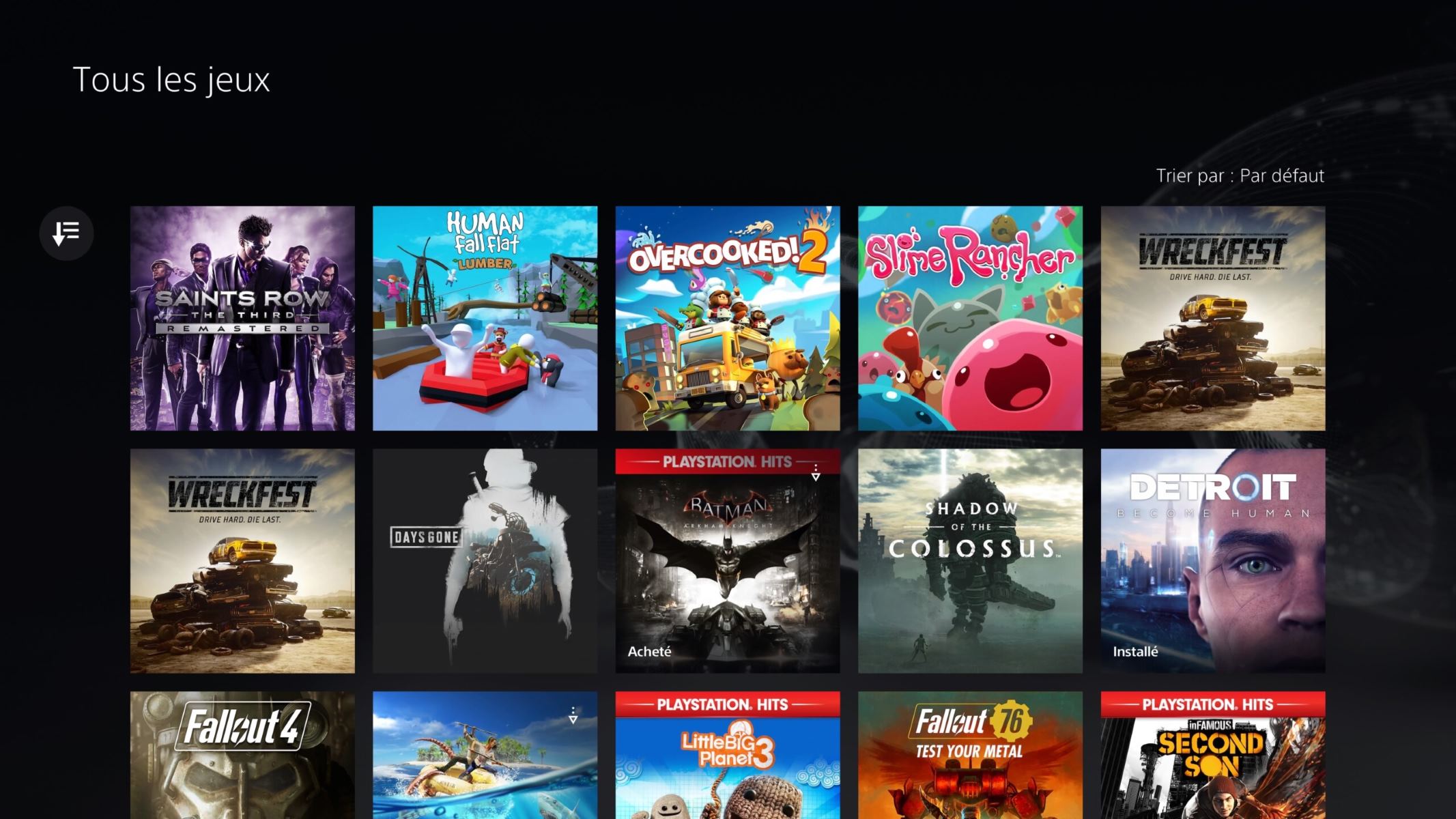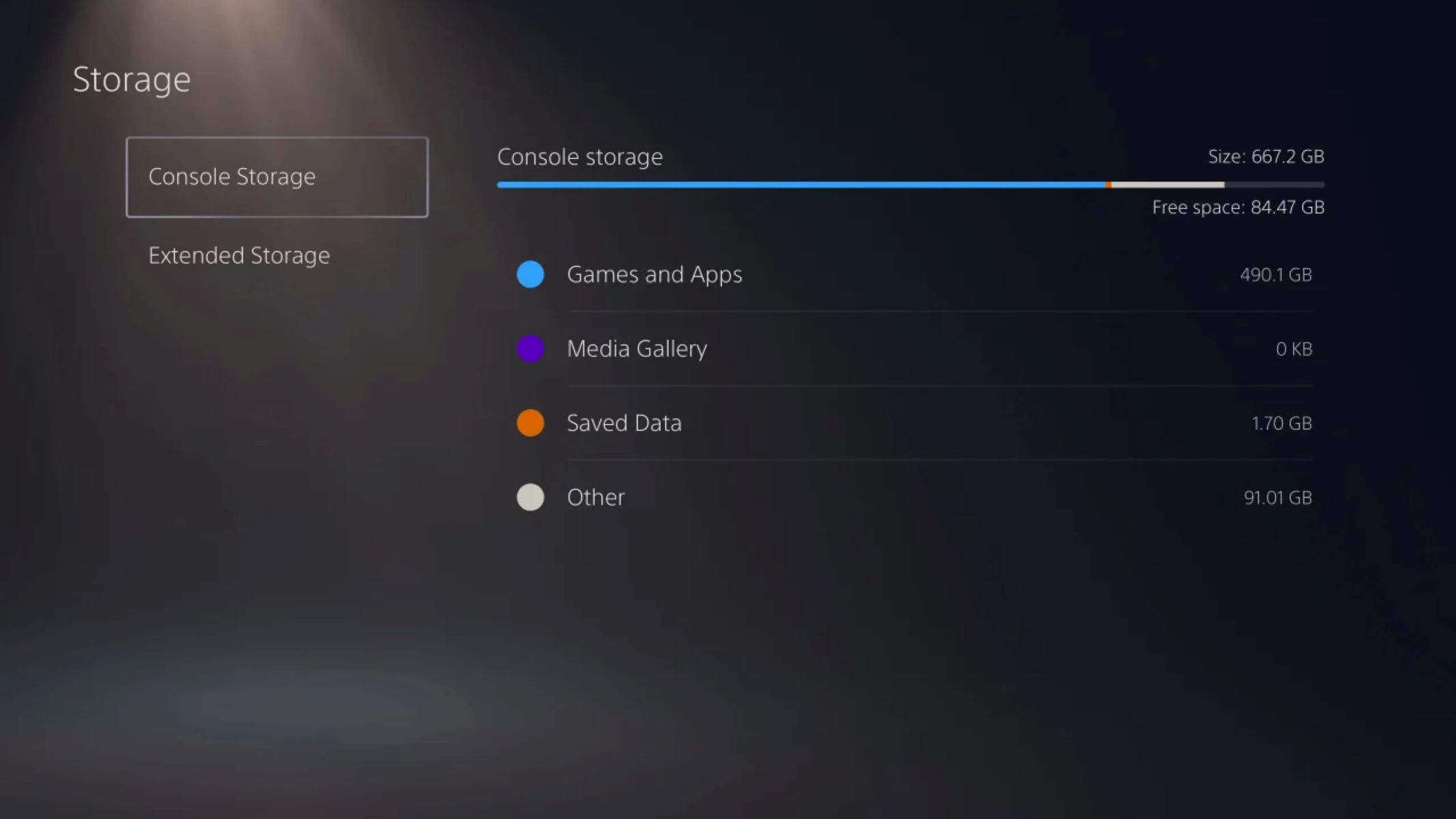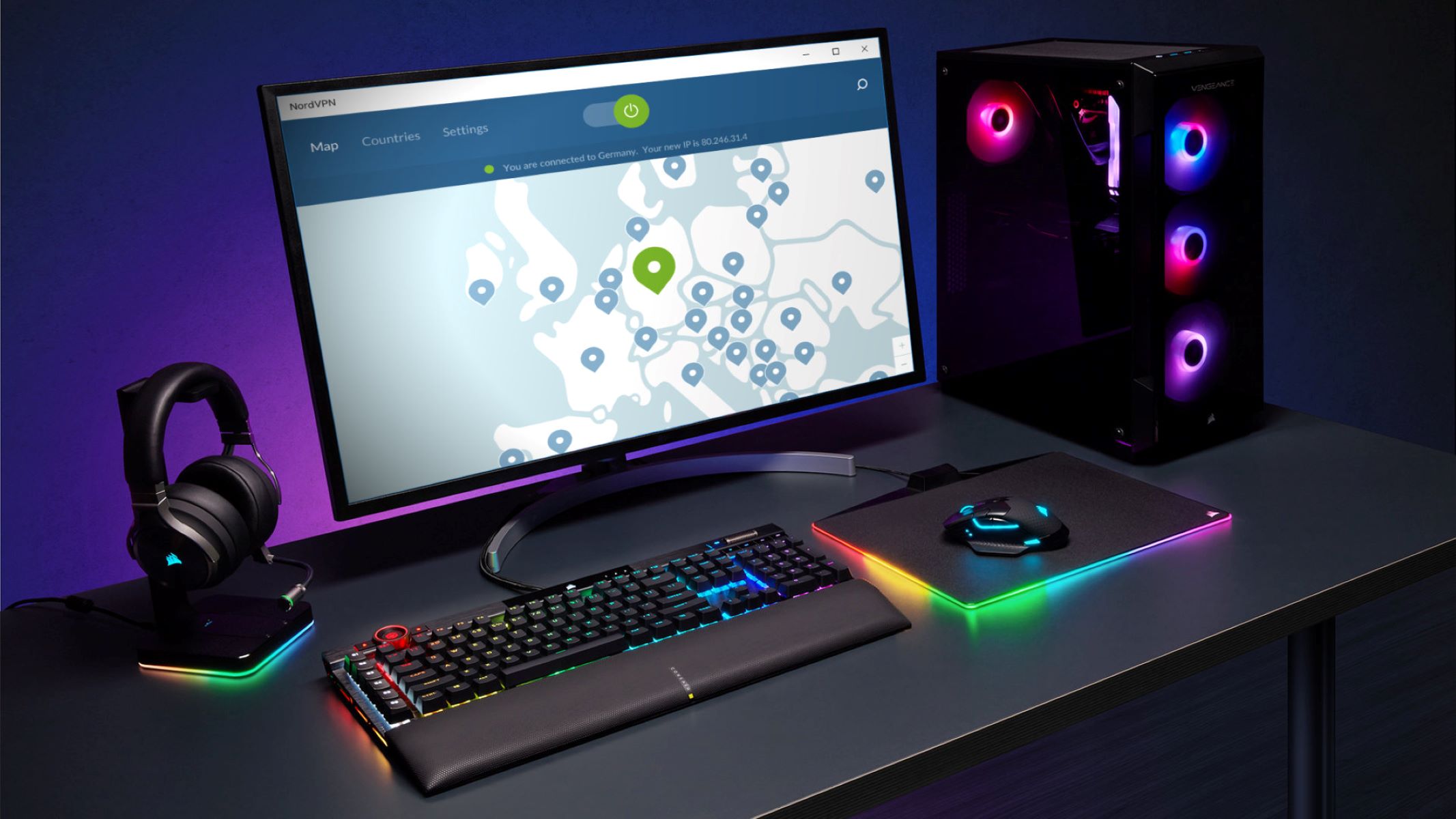Introduction
Hotspot data has become an indispensable aspect of modern connectivity, enabling individuals to stay connected on the go. Whether you're working remotely, streaming your favorite shows, or simply browsing the web, hotspot data plays a pivotal role in keeping you connected to the digital world. However, understanding the lifespan of 100GB hotspot data is crucial for optimizing its usage and ensuring it meets your needs effectively.
In this comprehensive guide, we will delve into the various factors that influence the lifespan of 100GB hotspot data. By gaining insights into these elements, you will be better equipped to make informed decisions about your data usage and maximize its longevity. Additionally, we will explore practical tips to help you make the most of your hotspot data, ensuring a seamless and uninterrupted online experience.
Understanding the nuances of hotspot data and its consumption patterns is essential for anyone who relies on this connectivity solution. Whether you're a digital nomad, a remote worker, or a casual user, knowing how to manage and optimize your 100GB hotspot data can significantly enhance your online experience. So, let's embark on this journey to unravel the mysteries of hotspot data and empower ourselves with the knowledge to make the most of this invaluable resource.
Understanding Hotspot Data
Hotspot data refers to the internet connectivity provided by mobile devices, such as smartphones, tablets, or dedicated mobile hotspot devices. This feature allows users to share their cellular data connection with other devices, effectively creating a portable Wi-Fi network. The data allocated for hotspot usage is typically part of a user's overall cellular data plan.
When exploring the intricacies of hotspot data, it's essential to comprehend its role in facilitating wireless connectivity. The 100GB hotspot data allowance represents a substantial volume of data that can be utilized for various online activities. This allocation empowers users to engage in a wide array of digital pursuits, including video streaming, online gaming, remote work, and general web browsing.
A key distinction of hotspot data lies in its versatility, as it enables individuals to establish internet access in diverse locations, ranging from bustling urban centers to remote rural areas. This flexibility is particularly valuable for professionals who require reliable connectivity while working on the move or individuals seeking to stay connected during travel.
Moreover, understanding the mechanics of hotspot data involves recognizing its reliance on cellular networks. The data transmission occurs through the same infrastructure that supports mobile phone communication, leveraging technologies such as 4G LTE and 5G for high-speed connectivity. As a result, the quality of the cellular network directly impacts the performance and stability of hotspot data connections.
In essence, hotspot data serves as a bridge between the digital realm and the user's devices, fostering seamless connectivity and empowering individuals to remain productive and entertained regardless of their physical location. By grasping the fundamental nature of hotspot data and its capabilities, users can harness its potential to enrich their online experiences and fulfill their connectivity needs.
Understanding the intricacies of hotspot data lays the foundation for effectively managing and optimizing its usage, a topic we will delve into further in the subsequent sections. With this knowledge in hand, users can make informed decisions regarding their data consumption and leverage their 100GB hotspot data to its fullest potential.
Factors Affecting Hotspot Data Lifespan
The lifespan of 100GB hotspot data is influenced by a myriad of factors that collectively determine its longevity and usage patterns. Understanding these factors is essential for optimizing data consumption and ensuring a seamless connectivity experience. Let's delve into the key elements that impact the lifespan of hotspot data:
-
Usage Patterns: The manner in which hotspot data is utilized significantly affects its lifespan. Intensive activities such as high-definition video streaming, online gaming, and large file downloads consume data at a rapid pace, leading to quicker depletion of the allotted 100GB. Conversely, moderate usage, such as web browsing and email correspondence, extends the data's lifespan.
-
Device Compatibility: The devices connected to the hotspot play a crucial role in data consumption. Older devices or those with outdated software may not efficiently utilize the data, leading to unnecessary data wastage. Ensuring that connected devices are optimized for data efficiency can contribute to prolonging the hotspot data's lifespan.
-
Network Strength: The strength and stability of the cellular network directly impact the efficiency of hotspot data usage. In areas with weak network coverage, devices may struggle to maintain a stable connection, leading to increased data consumption as they attempt to re-establish connectivity. Strong network signals are conducive to optimized data usage and a prolonged lifespan for the 100GB allocation.
-
Background Processes and Updates: Background processes, automatic software updates, and cloud synchronization activities on connected devices can quietly consume hotspot data without the user's active involvement. Managing and scheduling these processes effectively can prevent unnecessary data drain and contribute to extending the data's lifespan.
-
Data Compression and Optimization: Leveraging data compression technologies and optimizing settings on connected devices and applications can mitigate data usage without compromising the user experience. Implementing these strategies conserves data and contributes to a longer lifespan for the 100GB hotspot allocation.
-
Security and Privacy Measures: Utilizing secure and encrypted connections, such as Virtual Private Networks (VPNs), can impact data usage. While these measures enhance security, they may also lead to slightly increased data consumption. Balancing security needs with data efficiency is crucial for maximizing the hotspot data's lifespan.
Understanding these factors empowers users to make informed decisions regarding their data usage, ultimately contributing to a prolonged lifespan for the 100GB hotspot data allocation. By addressing these elements proactively, individuals can optimize their data consumption and ensure a sustained and efficient connectivity experience.
Tips for Maximizing Hotspot Data Usage
-
Monitor Data Usage: Keeping a close eye on data consumption empowers users to identify trends and adjust their usage patterns accordingly. Most smartphones offer built-in data tracking features, allowing users to monitor their hotspot data usage and set alerts or limits to prevent excessive consumption.
-
Optimize Streaming Quality: Adjusting the streaming quality for video content on platforms such as Netflix, YouTube, and Hulu can significantly reduce data usage. Lowering the video resolution or opting for standard definition playback conserves data without compromising the viewing experience, thereby extending the lifespan of the 100GB hotspot data.
-
Utilize Wi-Fi Networks: Whenever possible, connecting to Wi-Fi networks instead of relying solely on hotspot data can alleviate the burden on the cellular connection. Whether in a home, office, or public setting, leveraging Wi-Fi networks for data-intensive activities diminishes the reliance on hotspot data, preserving its allocation for essential on-the-go connectivity.
-
Enable Data-Saving Modes: Many modern devices offer data-saving modes or features that optimize data usage. These modes restrict background data usage, limit app refresh rates, and prioritize essential connectivity, effectively conserving hotspot data and prolonging its lifespan.
-
Update and Optimize Apps: Ensuring that applications are updated and optimized for efficient data usage is paramount. Developers often release updates that enhance data efficiency, so regularly updating apps can contribute to minimizing data consumption while maintaining optimal functionality.
-
Utilize Browser Data Compression: Web browsers such as Google Chrome and Opera offer data compression features that reduce the amount of data transmitted while browsing. Enabling these features can lead to substantial data savings, making them an invaluable tool for maximizing the lifespan of 100GB hotspot data.
-
Implement Ad Blockers: Online advertisements consume data as they load alongside web content. Integrating ad blockers into web browsers reduces the data overhead associated with ads, resulting in more efficient data usage and a prolonged lifespan for the hotspot data allocation.
-
Limit Background Processes: Managing background processes and app activities that consume data when running in the background is crucial. By restricting unnecessary background data usage, users can preserve their hotspot data for essential tasks, effectively extending its usability.
-
Schedule Large Downloads: Scheduling large file downloads, software updates, and system backups during off-peak hours or when connected to Wi-Fi networks prevents these activities from consuming substantial amounts of hotspot data. This strategic approach optimizes data usage and safeguards the 100GB allocation for critical connectivity needs.
-
Educate Connected Users: If multiple devices are connected to the hotspot, educating users about data-efficient practices can collectively contribute to maximizing the data's lifespan. Encouraging responsible data usage among connected individuals fosters a collaborative effort to conserve and optimize the 100GB hotspot data allocation.
By implementing these practical tips, users can effectively manage and maximize the usage of their 100GB hotspot data, ensuring prolonged connectivity and an enhanced online experience. These strategies empower individuals to make the most of their data allocation while maintaining control over their connectivity needs.
Conclusion
In conclusion, the lifespan of 100GB hotspot data is influenced by a multitude of factors, ranging from usage patterns and device compatibility to network strength and data optimization strategies. Understanding these elements is pivotal for users seeking to maximize their data usage and ensure an uninterrupted and efficient connectivity experience.
By comprehending the nuances of hotspot data and its consumption dynamics, individuals can adopt proactive measures to extend the lifespan of their 100GB allocation. From monitoring data usage and optimizing streaming quality to leveraging Wi-Fi networks and implementing data-saving modes, a strategic approach to data management can significantly prolong the usability of hotspot data.
Furthermore, the tips provided for maximizing hotspot data usage serve as actionable guidelines for users looking to make the most of their 100GB allocation. Embracing these strategies empowers individuals to exercise greater control over their data consumption, ultimately contributing to a prolonged and fulfilling connectivity experience.
As the digital landscape continues to evolve, the reliance on hotspot data for remote work, entertainment, and communication remains steadfast. Therefore, equipping oneself with the knowledge and tools to optimize hotspot data usage is essential for navigating the ever-expanding digital ecosystem.
In essence, the lifespan of 100GB hotspot data is not solely determined by its volume but rather by the informed decisions and proactive measures taken by users to manage and maximize its usage. By integrating these insights and strategies into their data consumption habits, individuals can harness the full potential of their 100GB hotspot data allocation, ensuring consistent connectivity and enriching their online endeavors.
In a world where connectivity is synonymous with productivity and leisure, the ability to leverage hotspot data efficiently is a valuable skill. By embracing a mindful and strategic approach to data management, users can unlock the enduring benefits of their 100GB hotspot data, transcending limitations and embracing a seamless and empowered digital lifestyle.









